Birmingham, the atom bomb and the most influential Soviet spy in history
A eureka moment in a Birmingham basement led to the only use of nuclear weapons in armed conflict – and the death of hundreds of thousands of civilians in Japan. Sean Smith reports
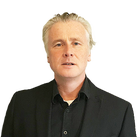
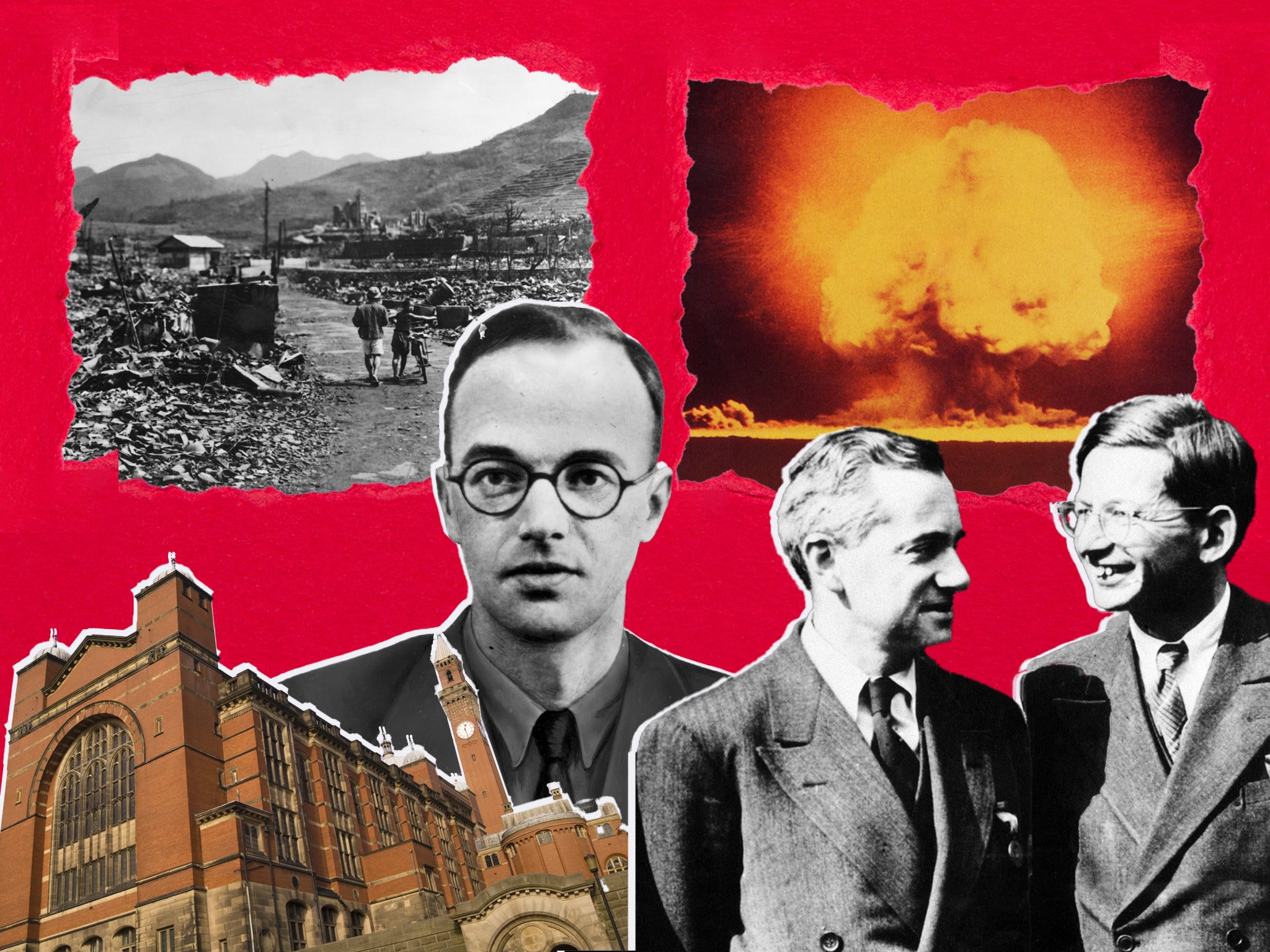
The road to Hiroshima and Nagasaki began in a cluttered basement office at Birmingham University in March 1940, where two physicists, Otto Frisch and Rudolf Peierls, were discussing a theoretical atom bomb. As Jewish refugees from Nazism, they were all too aware that their former colleagues in Germany were almost certainly grappling with the same problem. It was well known that conventional uranium could not be used to create a nuclear explosion; Frisch and Peierls were wondering what would happen if the isotope variation known as U-235 was used instead.
Although it was a more promising candidate, U-235 had received scant attention because it was generally supposed that many tonnes of the rare material would be needed to create a nuclear explosion. But how much exactly? It was a calculation that nobody had thought to perform.
Scribbling on the back of an envelope, and applying a formula especially devised by Peierls, they discovered that just a few pounds of the isotope would be required. A second quick calculation revealed that it would yield a blast equivalent to 1,000 tonnes of conventional explosive, and generate temperatures comparable to those at the heart of the sun.
Frisch would later describe their disturbing eureka moment: “We stared at each other, and realised that an atomic bomb might after all be possible.”
And then an even more terrifying thought occurred to Peierls: “The Nazis must be able to see that, and if they’re the first to get such a weapon – God help us.”
Frisch and Peierls typed a three-page summary of their findings explaining the likely impact of their super-bomb. “As a weapon, the superbomb would be practically irresistible. There is no material or structure that could be expected to resist the force of the explosion. The blast from such an explosion would destroy life in a wide area and probably cover the centre of a big city.”
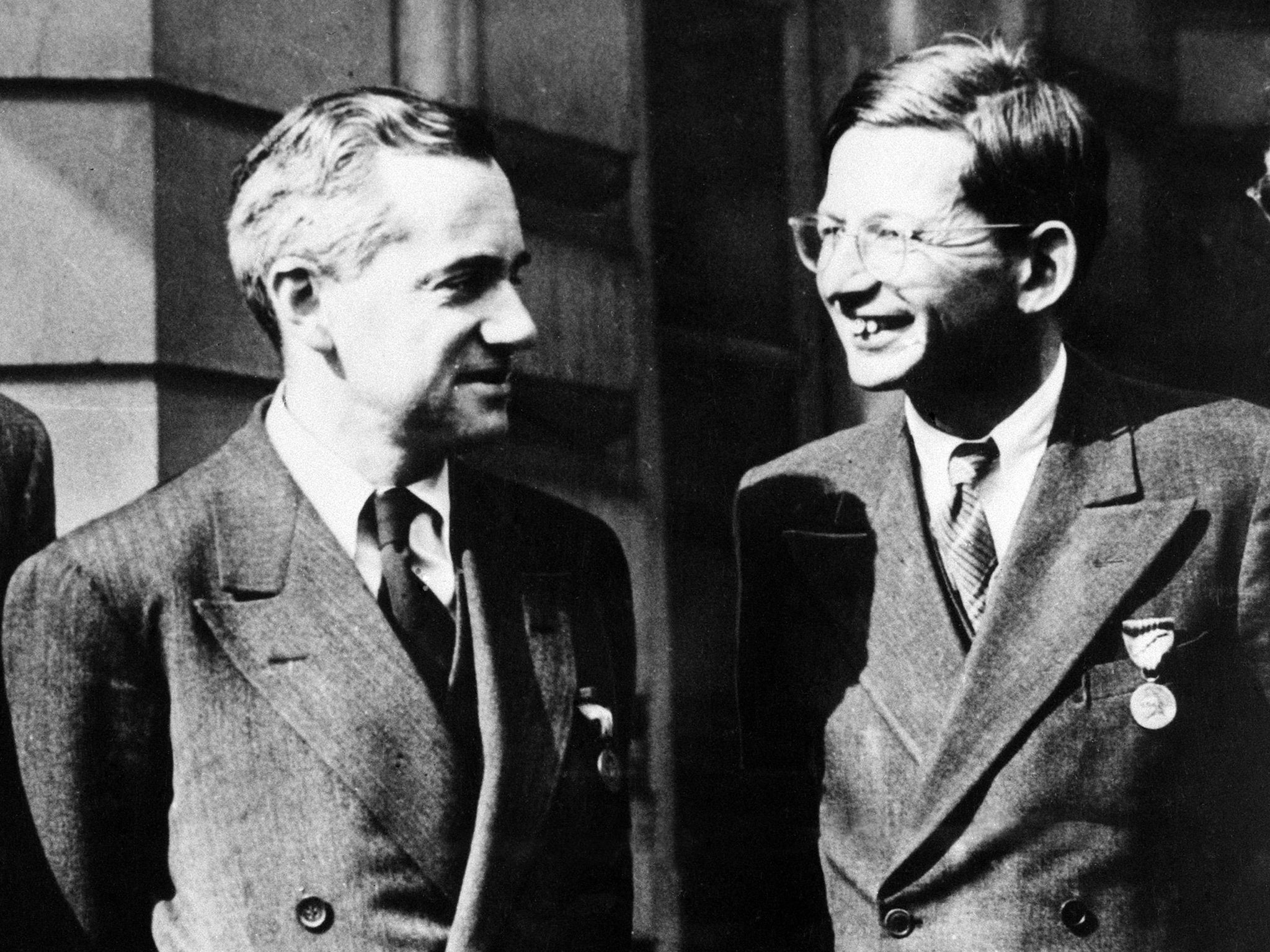
Their document also predicted fallout and radiation sickness: “Some part of the energy set free by the bomb goes to produce radioactive substances and these will emit very powerful and dangerous radiations. Some of this radioactivity will be carried along with the wind and spread the contamination.”
Birmingham University’s physics department had been commandeered to work on a top-secret radar project under the direction of an Australian, Mark Oliphant. Having been born in Germany and Austria respectively, Peierls and Frisch had been denied security clearance and were still classed as “enemy aliens”.
Fuchs later claimed that Hitler’s decision to invade Russia in June 1941 was the moment he had decided to become a spy
But Oliphant recognised the significance of their discovery at once, and shared the document with his astonished contacts in British military intelligence, who had previously estimated the odds of developing an atom bomb at just 100,000/1.
When he became prime minister in May 1940, one of Winston Churchill’s first acts was to set up a committee to analyse the feasibility of an atom bomb. Churchill viewed Birmingham University’s breakthrough as a lifeline that might reverse the outcome of a war Britain looked like it might be about to lose. Given the deliberately grey name, “Tube Alloys”, to deter interest from prying eyes, Britain’s atomic project began in earnest in 1941. From the beginning, it was clear that atomic research would generate an enormous workload. Teams of physicists were established at four universities: Birmingham, Oxford, Liverpool and Cambridge.
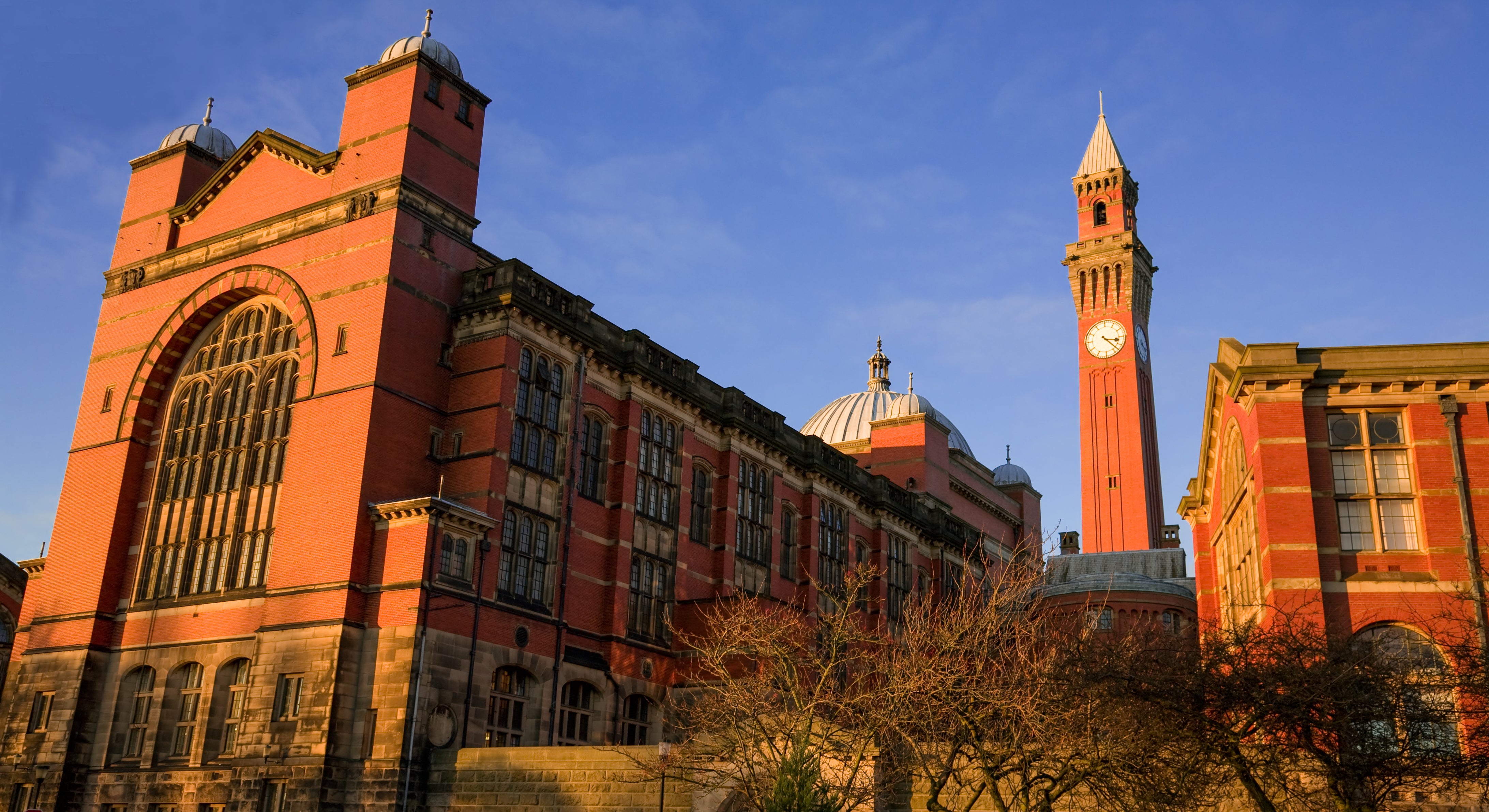
While Frisch moved to Liverpool University to continue his work on nuclear fission, Peierls remained in Birmingham to develop techniques for extracting the U-235 isotope from uranium. Overwhelmed by the workload, Peierls was in desperate need of help, and contacted a fellow German-born acquaintance, Klaus Fuchs, who was working at Edinburgh University. Peierls invited Fuchs to Birmingham to work on isotope separation in May 1941.
Peierls believed he was simply hiring a gifted mathematician and theoretical physicist as a research assistant, and had no way of knowing that that this simple recruitment decision would change the course of world history. Peierls was delighted with Fuchs and enthused to colleagues about his brilliance. But Fuchs was shy and socially awkward, bringing out the protective instincts of both Peierls and his Russian wife, Eugenia.
They invited Fuchs to lodge with them in their home on Calthorpe Road in the pleasant suburb of Edgbaston, close to the university campus. Eugenia was a sociable host who would try to draw Fuchs out of his shell. To friends, she would compare Fuchs to a slot machine: “He’s a penny-in-the-slot person. Put a question in and you get an answer out. But if you don’t put anything in you don’t get anything out.”
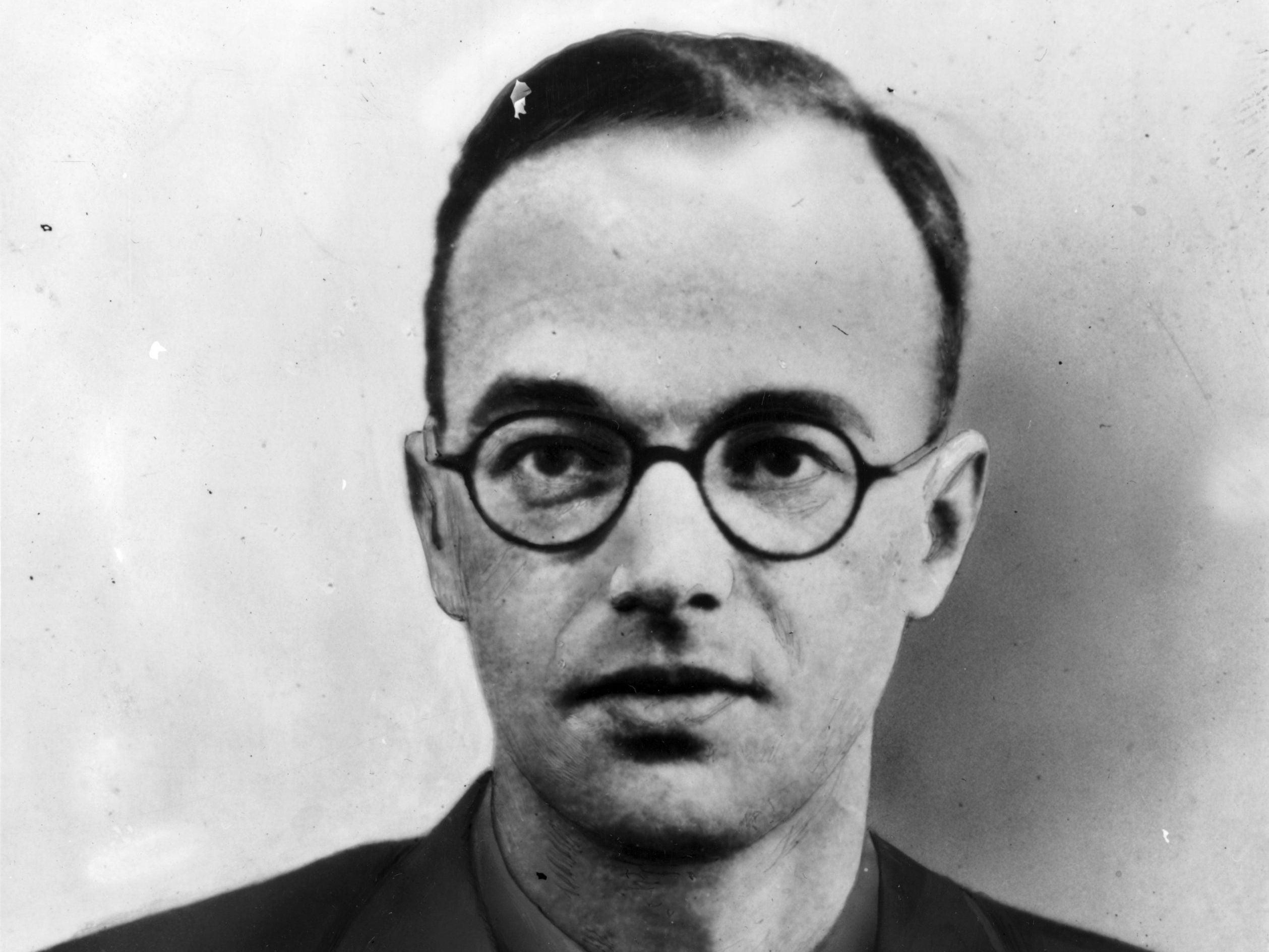
Once at a party – after a few drinks – a nostalgic Eugenia launched into a Russian folk song, only to notice Fuchs staring at her with intense admiration. A little alarmed, she made a mental note of the need to discourage any romantic feelings he might be harbouring for her. But Eugenia needn’t have worried: as the birthplace of the revolution, it was Russia with which Fuchs was truly enamoured.
Politicised by Hitler’s rise to power, Fuchs had been a committed member of the Communist Party since 1933, when his political activities had attracted Gestapo attention and necessitated a hasty escape from Germany to Britain.
Fuchs later claimed that Hitler’s decision to invade Russia in June 1941 was the moment he had decided to become a spy. From the comfort of the Peierls’ cosy suburban home in Edgbaston, Fuchs resolved to aid his adopted and stricken motherland by sharing nuclear secrets with the Soviet intelligence services. Initially, he made contact with a member of the military attaches at the Soviet embassy in London and passed on carbon copies of his work on isotope separation.
But from late 1942 onwards, Fuchs was handed over to another agent. Although Fuchs would only ever know her by the codename Sonja, his new handler was Ruth Kuczynski, an attractive dark-haired sleeper agent who lived near Oxford with her British husband and three children. From Edgbaston, Fuchs would make his way to Banbury, a quaint market town 30 miles from Birmingham. Although they would meet once in a café, most of his assignations with Sonja were crafted to resemble romantic trysts taking place in country lanes away from prying eyes.
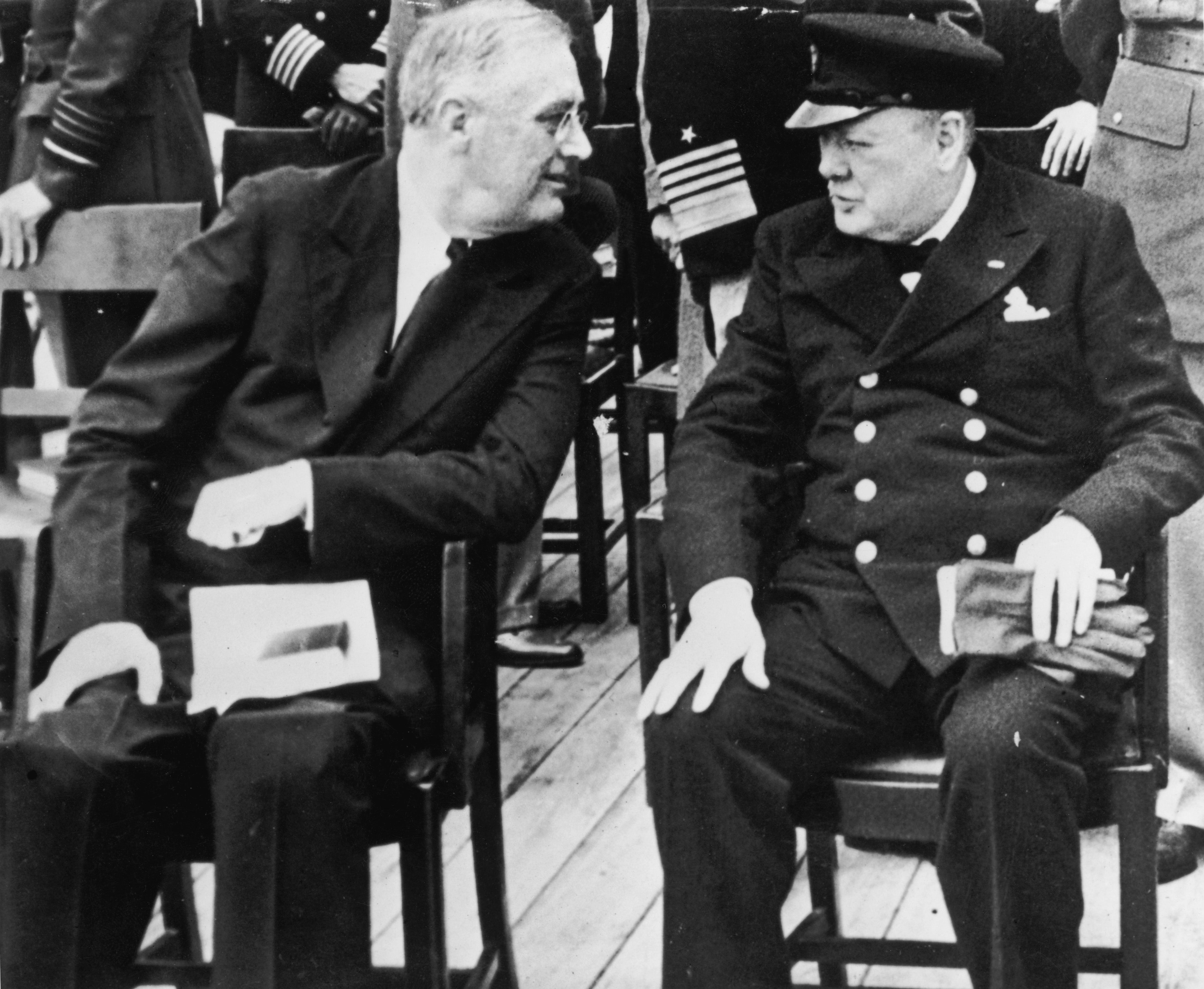
Sonja reported directly to the GRU – the Soviet foreign military intelligence agency – and passed on information from Fuchs that a chemical engineering team from Birmingham University was attempting to refine uranium in a secret factory in Wales and that the British were working increasingly closely with the United States in joint pursuit of an atom bomb.
Anglo-American collaboration had recovered from an inauspicious start. When Mark Oliphant had visited American colleagues in August 1941 to share radar research, he had been horrified to find a copy of the Frisch and Peierls memorandum languishing in a safe – unread. Oliphant insisted that it was brought directly to President Roosevelt’s attention, and is credited with winning early approval for America’s atomic programme a full two months prior to the country’s official entry into the war.
By late 1942, nuclear scientists on both sides of the Atlantic were engaging in an ever closer union. In Banbury’s country lanes, Fuchs could reveal that Peierls had taken a brief leave of absence from Birmingham University to liaise with senior nuclear scientists in the US. Peierls even stayed at the home of Robert Oppenheimer, then a professor at Berkley but soon to become lead scientist of the Manhattan Project at the Los Alamos laboratory in New Mexico.
Gradually, it was becoming clearer that only America had the industrial resources to bring the atomic project to a successful conclusion. The Manhattan Project was to cost $2bn ($23bn, or around £17bn, today) and employ 130,000 Americans. Ninety per cent of the project’s factory output was dedicated to producing fissile uranium and plutonium. In late 1943, the decision was taken to consolidate the Anglo-American effort as Tube Alloys became subsumed within the Manhattan Project.
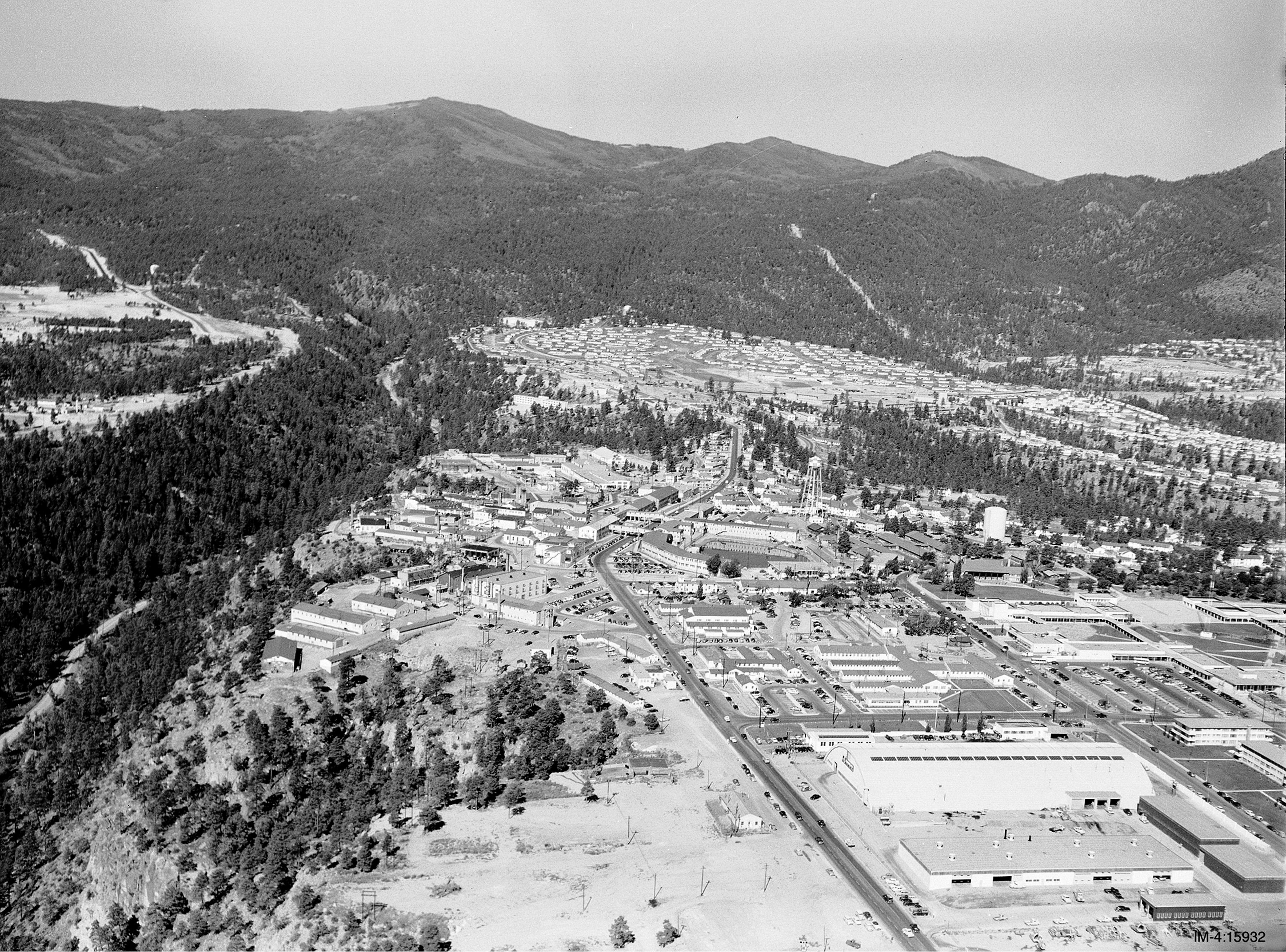
Initially, Peierls and his wife were relocated to New York in December 1943 and were delighted to be reunited with their children who had been evacuated from Birmingham to Canada. They were soon to be joined from Birmingham by their other adopted “child”, Klaus Fuchs, as part of a team of scientists sent to Columbia University to work on uranium enrichment. While in New York, Fuchs would pass information to Soviet intelligence through his contact, Harry Gold.
In the summer of 1944, Peierls moved from New York to become the senior resident British scientist at Los Alamos in New Mexico. He already knew most of the scientists from the 19-strong British delegation and was particularly pleased to be reunited with his colleague from Birmingham, Frisch. At Los Alamos, Frisch had been tasked with determining the exact amount of enriched uranium needed to achieve the critical mass that would sustain a nuclear explosion.
Fuchs followed from New York soon afterwards. Inexplicably, he had evaded American vetting procedures again. Fuchs’s brilliance meant he was put to work on the problem of imploding the fissionable core of the plutonium bomb – the device that would be used in the first nuclear test, nicknamed “Trinity”, and later at Nagasaki. In Los Alamos, Fuchs had access to the project in its entirety and the thoughts of the finest physicists of his generation – all of which he shared with his soviet handler in nearby Santa Fe.
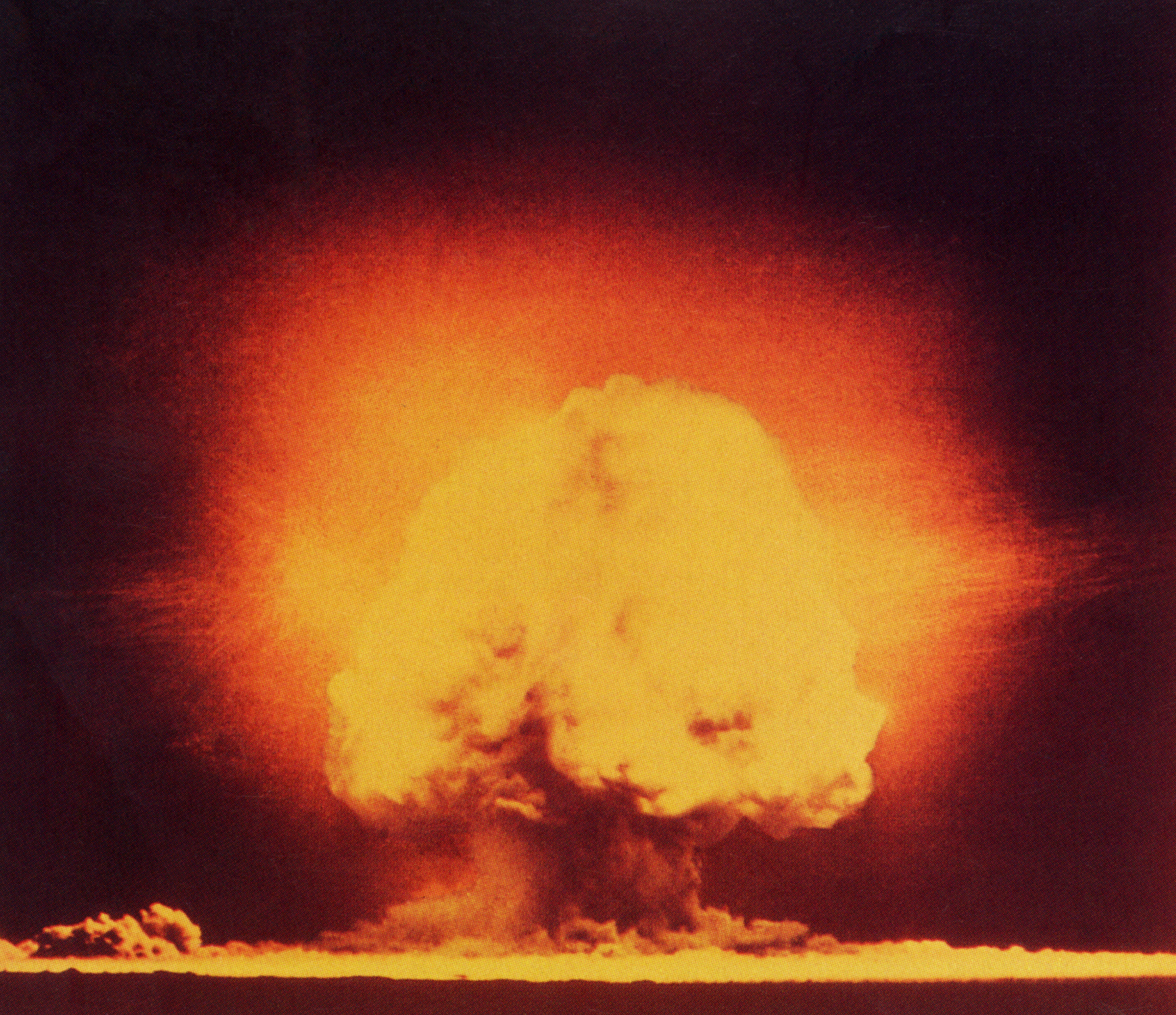
When it became clear that the allied victory in Europe was assured, and that there was no prospect of a Nazi atomic bomb, some of the nuclear scientists at Los Alamos wavered in their resolve. Joseph Rotblat, a close friend of Peierls, resigned from the Los Alamos laboratory in late 1944, convinced that there was no need to persevere. But the continuing war in the Pacific meant that the Manhattan Project would proceed remorselessly towards its inevitable conclusion.
In the early hours of 16 July 1945, Peierls, Frisch and Fuchs were part of the expedition of British, American and Canadian scientists who were driven up into the mountains 20 miles away from the Trinity test site at Algorno.
Just before dawn, they witnessed the detonation of the world’s first atomic bomb. The blinding light and flash of heat that instantly turned day into night was accompanied by an eerie silence. Travelling at the speed of sound, it would take a full five minutes for the bang and shockwave to reach the observation point where the scientists were gathered, still awestruck by the towering mushroom cloud in the distance. When the shockwave finally arrived, it reverberated on the surrounding mountains like thunder, as if to announce the foreboding dawn of the atomic age.
Three weeks later, when the Enola Gay straightened out of its emergency banking manoeuvre to catch its first glimpse of the mushroom cloud rising above Hiroshima, co-pilot Captain Robert Lewis recorded in his log: “Oh My God! What have we done?”
Fuchs’s justification for sharing nuclear secrets had always been that the science was too important to remain the sole property of just one faction
Given that the Hiroshima bomb was made from the U-235 isotope referred to in those first calculations on the back of an envelope in Birmingham, it’s not surprising that Peierls began to experience similar doubts. Peierls regarded the decision to bomb Nagasaki three days later as “unnecessary and therefore immoral”.
Fuchs remained at Los Alamos after the war. He worked in a senior position preparing for what would become known as the Crossroads tests. In the new atomic age, where knowledge was power, the US had become much more guarded in sharing new atomic secrets with even its closest ally, Britain.
Despite the new research being classified, Fuchs continued to share nuclear secrets with the British. Perhaps that should have alerted British security services to the fact that Fuchs had a very relaxed attitude to official secrecy in general. But when Fuchs returned to the UK in August 1946, he was made head of the theoretical physics division at the atomic energy research establishment at Hartwell.
It was the ideal post for a Soviet spy, and Fuchs was able to leak the theoretical outline for creating a hydrogen bomb – a device capable of generating an explosion thousands of times more powerful than Hiroshima.
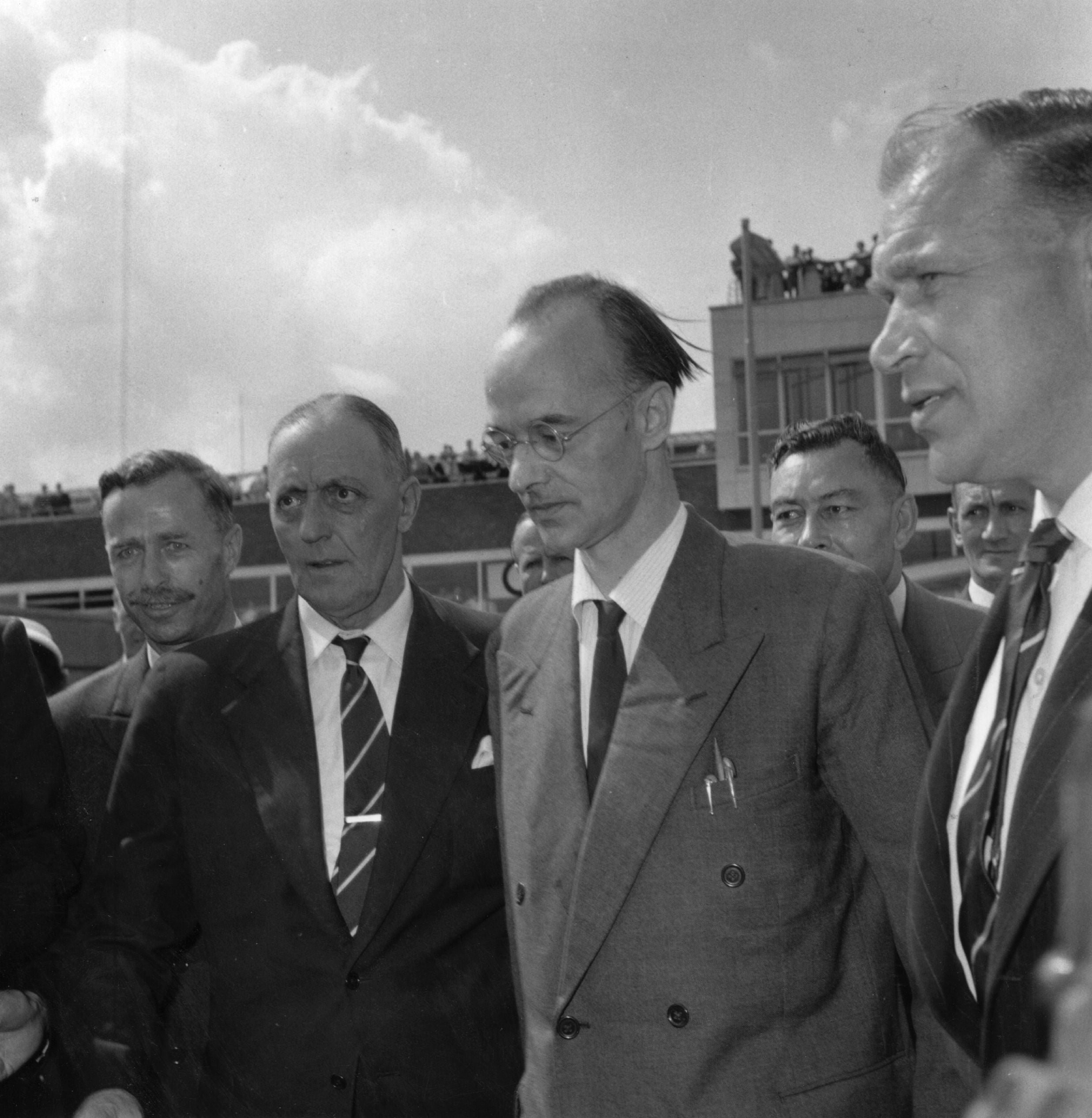
When the Soviet Union announced the detonation of its first atom bomb on 29 August 1949, it shocked not only the world at large, but the British and American intelligence communities in particular: the assumption had been that Soviet nuclear technology was still in its infancy. It was clear that Soviet progress had been vastly accelerated by a senior British scientist with access to classified information. GCHQ was to intercept the messages to the Soviet Union that would lead directly to the arrest and conviction of Fuchs in 1950. Back in Birmingham, Peierls and his wife were appalled by his betrayal.
Given their close association, and the way that he had assisted Fuchs’s career at every turn, suspicion inevitably fell on Peierls and for a brief period his security clearance was revoked. But Peierls would successfully repair his reputation and go on to have a distinguished career, while becoming an erudite critic of the escalating nuclear arms race. Fuchs was imprisoned until 1959, after which he returned to East Germany to resume his career as a leading nuclear scientist.
Fuchs’s justification for sharing nuclear secrets had always been that the science was too important to remain the sole property of just one faction. In fact, Frisch and Peierls had made precisely that point in their three-page memorandum back in 1940, when they had argued that in the coming atomic age, the only way to preserve peace and prevent annihilation from a hostile power was to carry a “counter-threat with a similar bomb”.
It was an extraordinarily prescient document, anticipating the Cold War policy of nuclear deterrence by mutually assured destruction. Now known as the Frisch-Peierls Memorandum, the original typed document is carefully stored at the Bodleian library in Oxford, where it is regarded as the blueprint of the atomic age and one of the key historical artefacts of the 20th century.
To mark their achievement, a blue plaque now stands out against the red brick of the Poynting physics building at Birmingham University. It reads: “Otto Frisch and Rudolf Peierls showed the feasibility of an airborne atomic weapon here in 1940.”
Although he is now widely regarded as the most influential spy in history, there is no plaque to Fuchs. But perhaps that’s an oversight because, after all, cold wars are better than hot ones.
Join our commenting forum
Join thought-provoking conversations, follow other Independent readers and see their replies
Comments



Bookmark popover
Removed from bookmarks